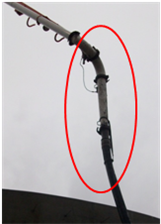Unit 6c (Concrete Placement)
- ACI
- ASTM C94
2.
You may optionally provide this to label your report, leaderboard, or certificate.
Submit
Submit
Submit
Submit
×
Thank you for your feedback!
















